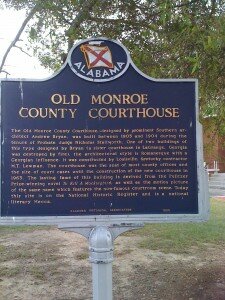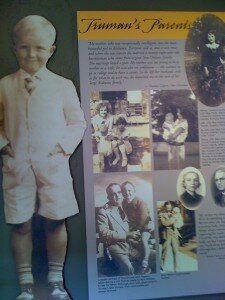In my early days as an English teacher, my “gift” to my students was a reading of A Christmas Memory. I believe I began reading the story to tenth graders because it was included in their Anthology of American Literature textbook. I would choose a day close to the holiday break, turn on some appropriate instrumental background music, and invite them to read along in the text, or simply sit quietly and listen. I hung a little “Reading in Progress – Do Not Disturb” sign on the door handle and for about 40 minutes, I would read and they would listen – enthralled by the beauty of the story. I’m not just stroking my ego – I know they were enthralled.
The two relatives make kites for each other, and take them out to a field to fly them on Christmas day. Against the background of the winter sky, Buddy listens to one of the most poignant reflections on life and death I have ever read – My, how foolish I am! You know what I’ve always thought? I’ve always thought a body would have to be sick and dying before they saw the Lord. And I imagined that when He came it would be like looking at the Baptist window: pretty as colored glass with the sun pouring through, such a shine you don’t know it’s getting dark. And it’s been a comfort: to think of that shine taking away all the spooky feeling. But I’ll wager it never happens. I’ll wager at the very end a body realizes the Lord has already shown Himself. That things as they are, just what they’ve always seen, was seeing Him. As for me, I could leave the world with today in my eyes.I would finish reading, and look up at the class and see smiles of understanding and, more often, eyes filled with tears. There were a few years that graduates returned to my classroom on their first Christmas break, just to hear the story again. The story is that moving.
But what moves me to write this reflection is my understanding of how much students, and their capacity for story, changed over the course of my thirty years in the classroom. I don’t remember when I stopped this personal Christmas tradition. At some point I realized that sustained silent listening is as rare as a good Christmas fruitcake these days. Contemporary students, with cell phones in their pockets and instant gratification monitors finely calibrated, would rather have a candy cane or day off to watch National Lampoon’s Christmas Vacation as a holiday classroom treat. I know one year – somewhat recently – I read A Christmas Memory instead having my AP students write their previously scheduled in-class Hamlet essays, and they seemed moved to tears of joy and relief. The story is still included in our tenth grade anthology, but I don’t know of any of my former colleague who still read it with their students.
The story may be more dear to me since our visit to Monroeville, Alabama a few summers ago. Truman Capote and Harper Lee shared their childhoods in Monroe, and it is fictionalized as Maycomb in Lee’s To Kill a Mockingbird.
A Christmas Memory is worth reading once a holiday season. It remains my favorite Christmas story.




No comments:
Post a Comment